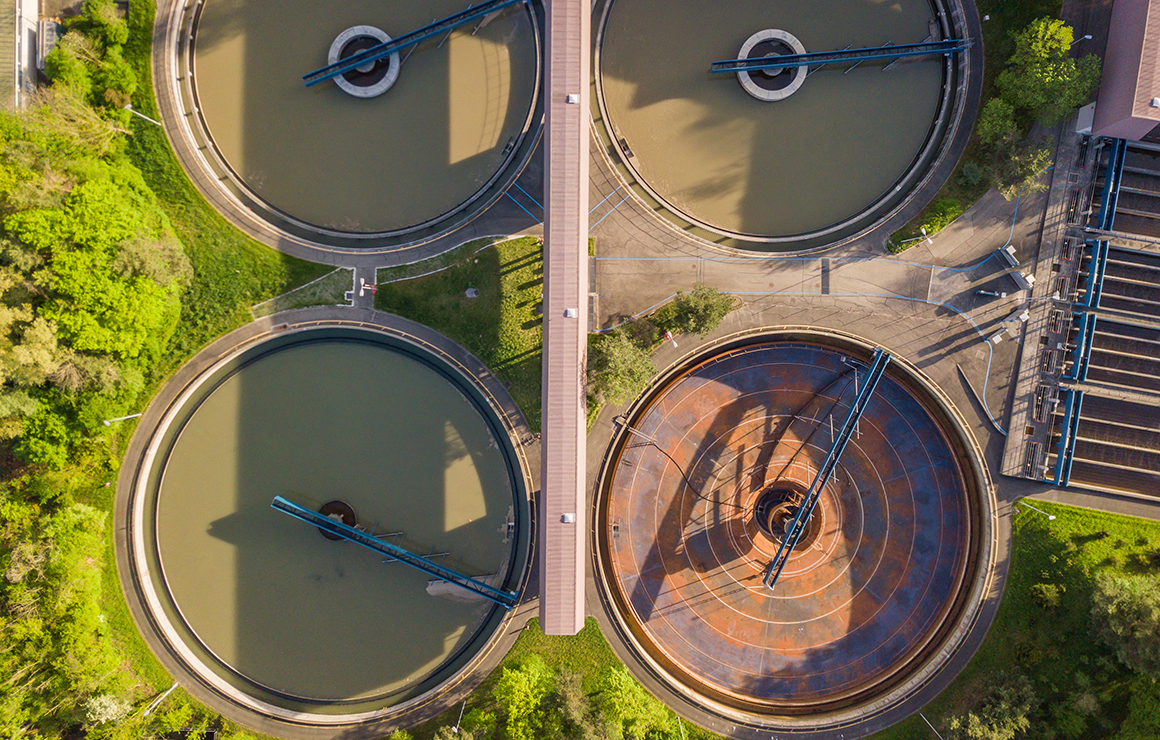
In the latest issue of January Global Water Intelligence Magazine, a significant trend has emerged in the wastewater treatment market: a surge in the adoption of aerobic granular sludge and densification technologies, which are classified under the type of technologies being investigated in LIFE RESEAU. This uptick is driven by escalating construction costs and the growing demand for process intensification in the water sector.
Key players in the industry are expanding into new geographical markets and innovating hybrid products to enhance the efficiency and effectiveness of their systems. With market leaders surpassing the milestone of 100 installations, the sector is witnessing rapid growth and maturation.
Companies are exploring hybrid technologies that combine granular sludge with fixed-film processes, utilizing media and ballasts to optimize granule formation and technology suitability. Additionally, advancements such as the integration of densification with membrane-aerated biofilm reactor (MABR) technology are boosting capacity and improving settling in wastewater treatment systems.
This wave of innovation is enabling providers to deliver high-quality effluent, unlocking opportunities in water reuse applications. Notably, some companies are successfully securing projects against membrane bioreactors (MBRs), showcasing the competitiveness and effectiveness of granular and dense sludge technologies in the market.
In parallel, the approach and type of technologies being investigated inside Life Reseau project (MABR and AGS) as a new trend: validation of technology at real scale, gains relevance due to the increase in construction costs, reinforcing the vision of retrofitting versus construction.
For more in-depth analysis and insights, refer to the January 2024 edition of Global Water Intelligence Magazine.


